The quest is needed in order to be able to study transformations, of which 8...


Even in our time, brick houses are highly valued in the market. And not only because they are higher than other options, but also because they are dry, warm, it is easier to breathe in them compared to concrete houses.
Multi-storey brick houses are being built everywhere. This is due to the fact that brick is the most common building material. People have been building houses out of brick since ancient times. Previously, each city or village had its own brick factory.
Yes, and not alone. Yes, earlier there were fewer materials for construction, the choice was small. But even now, multi-storey brick houses have significant advantages over houses made of other materials:
With this, perhaps few will dare to argue. After all, brick high-rise buildings stand for a hundred and even one hundred and fifty years. And remember the ancient castles, fortresses, monasteries that have already stood for more than one hundred years!

The environmental friendliness of brick multi-storey residential buildings is explained by the material from which they are built. After all, a brick is made from a plastic mixture of clay, sand and water. It is then molded and fired in a thermal kiln. Everything, there are no other materials in the brick.
The brick has a porous structure and passes air quite well. Brick houses breathe well. They do not rot and are not damaged by any pests. Brick walls regulate the humidity in the house.
The high fire safety of brick houses is explained by the incombustibility of bricks. After all, clay does not burn, even burnt. But fires in apartments and houses still happen. And even after them, brick walls can be used for their intended purpose.
Multi-storey brick houses have good sound insulation. It is no worse than houses made of wood and concrete. And even better if the walls are thick enough. Now modern effective materials are used for soundproofing. But one can argue about their environmental friendliness.
Despite the boom in panel housing construction in the 60s and 70s, the emergence of modern building materials and technologies, brick remains a popular building material today. This is due to the better thermal insulation properties of bricks compared to concrete panels.

In addition, when erecting low buildings, you can completely do without lifting equipment. After all, brickwork high-rise building built by laying a large number of small bricks. With the help of bricks, you can build a building of almost any shape. This allows you to build houses unlike each other.
Brick can be combined with any other material. This allows the architect to implement any, even the most daring and unusual solutions. It is practically possible to build houses according to individual projects, taking into account the wishes of the customer. Therefore, often the facades of multi-storey brick houses are unlike one another, in contrast to the panel houses - twins.
There are many advantages of brick as a building material. But, there are also disadvantages of building multi-storey buildings from brick. One of them is the high cost of building houses. It consists of the high cost of bricks and high wages for building a brick house.
Most main disadvantage is the low speed of construction work. Calculate how many bricks you need to lay manually when building a multi-storey brick building. In addition, in the northern regions of our country, in winter, construction generally has to be stopped until spring.
When building a brick house, you have to make a foundation with a high bearing capacity. Multi-storey brick houses weigh a lot. Therefore, the foundations for brick houses are very massive and expensive.
Well, another of the disadvantages of building multi-storey brick buildings is the need for a large number of experienced masons. This profession requires good physical data and professional skills. Today, there are few who want to work in dirty, hard physical work.
More recently, brick houses were considered the most reliable and durable, panel buildings were boldly attributed to the segment of inexpensive and not very comfortable housing. LIVING demystifies building technology by answering the most popular customer questions.
In the market of new buildings, mainly monolithic and monolithic-brick houses are created. Brick as load-bearing structures is used much less frequently. Such construction when creating high-rise buildings is more expensive and laborious, which affects the cost of the project and the final cost per square meter.
Recently, there has been a noticeable trend towards an increase in the share of panel houses. This happened due to the modernization of house-building plants. The new panel with improved consumer characteristics began to be in high demand. It also meets all modern safety standards.
Most often, the developer makes the decision on which house to build based on the availability of production space. For example, if an object is positioned as an economy or comfort class house and has its own or "close" facilities for the production of building panels, then panel technology is selected. Monolithic buildings can be erected by any developer, because this does not require its own production, and the whole process can be organized within the construction site.
pros
The main advantage of panel housing construction is speed and affordability. If a monolithic house is built on average 1.5 years, then a panel house can be built in 9 months. If we consider an apartment without finishing, in panel house it is easier and cheaper to make repairs - there is no need to build internal partitions.
Also, buyers have a stereotype from the past that the service life of a panel house is much shorter than that of others. On the this moment, the service life of a modern panel house exceeds 100 years.
Minuses
Among the shortcomings, it is worth highlighting poor thermal insulation, which is explained by the properties of concrete materials and the roughness of the seams between the panels. This problem is especially acute for owners of end apartments. In the warm season, residents of panel houses face the opposite situation: their apartments heat up very quickly. Also, often residents of panel high-rise buildings complain about poor sound insulation. However, some developers, knowing about this problem, additionally insulate facades modern materials and also use soundproofing technologies.
The modern panel has gone far ahead in comparison with Soviet prefabricated houses. Now a seamless technology for joining plates is being used, which has fundamentally changed chemical composition concrete from which the elements of the building are cast, external finishing materials have changed.

Brick construction is mainly used in the construction of housing in more expensive segments.
pros
Masonry with a thickness of 2.5 bricks guarantees the service life of the building for 125 years, and more massive main walls can increase this period to 150-190 years. A brick house has the best sound insulation and heat capacity - in summer the rooms remain cool, and in winter - warm. Brick houses are aesthetically pleasing. In addition, they are more environmentally friendly.
Minuses
The disadvantages of brick housing construction are primarily associated with its high cost. A brick house is being built approximately 2–2.5 times longer than a panel house. In addition, the construction of such a building is heavy, which requires a reliable foundation. The cost of construction and installation work in a brick building is about 20% higher than in a panel and monolithic house.
pros
The advantages of such structures include the freedom to implement the architect's ideas and layouts to meet the needs of the market. In addition, the buildings have the highest quality characteristics in terms of the strength of the supporting frame, as well as durability and reliability.
Minuses
Among the shortcomings - high sound, vibration and heat transfer in monolithic structures.
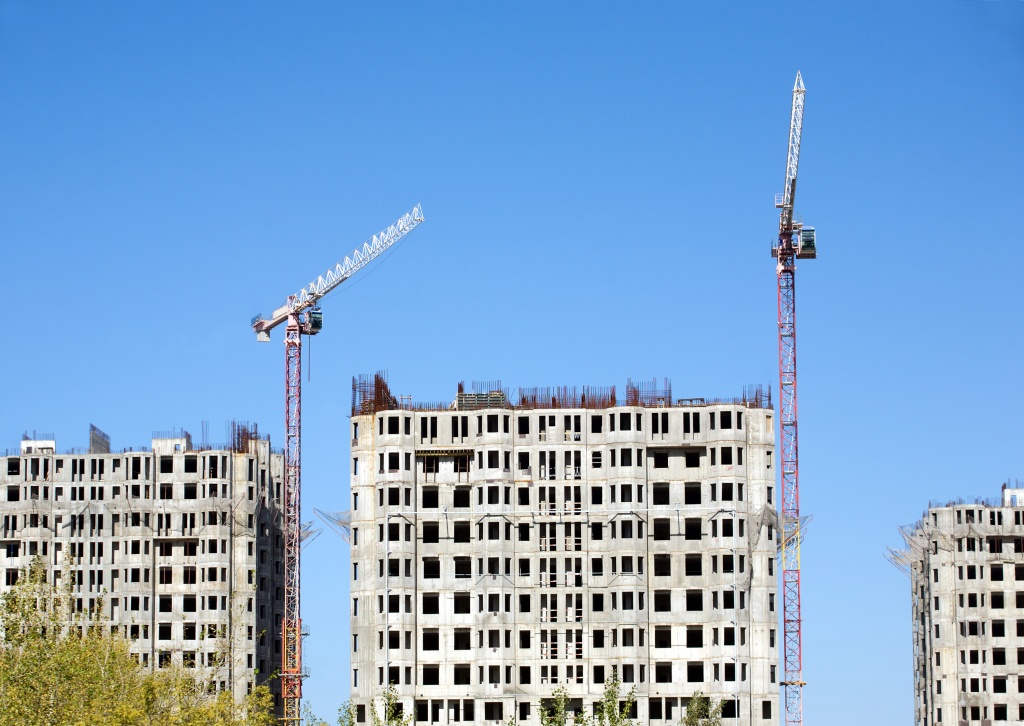
Shrinkage occurs in all types of houses, but this process is more dependent not on construction technology, but on the nature of the soil.
Duration of shrinkage of houses:
Panel houses– 2 to 3 years
Monolithic and monolithic-frame houses - about 1 year
Brick houses - from 3 to 5 years
In the life of every person there comes a moment when he begins to think about purchasing his own home. Someone prefers apartments in high-rise buildings, while someone seeks to gain more freedom and independence by building a private house.
First option special difficulties in the choice does not cause. It is enough to determine the required number of rooms and (panel, brick, monolithic). But private houses are very diverse. Modern technologies allow developers to build residential buildings of various configurations, taking into account all the wishes of the customer. Let's look at what types of houses are today, what are their differences and what materials are used to build them.
Absolutely all private buildings are divided into two main groups:
For summer holidays;
For year-round use.
The first category includes country houses and country houses intended for recreation in the warm season. Most often these are small and economical buildings in which there is no heating and other communications.
Houses for permanent residence can be made in several versions, each of which has its own positive and negative features.
Today, there are several popular categories of houses that differ in functionality and have different ones. These can be:
One-story capital buildings;
Multilevel cottages;
duplexes;
Townhouses.
Consider what characteristics are endowed with each of the options and what are their differences.
Detached houses are considered the most comfortable and preferred option. Such buildings are located in isolated areas. Moreover, the larger the number of acres of land, the more expensive the purchase of this property costs the buyer.
Usually in small plots there are small cottages with several floors. They are equipped with all necessary communications for a comfortable stay at any time of the year. On the ground floor of such houses there is a living room, a kitchen and a boiler room. Lounges and bathrooms are located on the upper levels. 
If the land area is large enough, one-story bungalows are erected on it. This view is very convenient because, due to the lack of stairs, movement around the house is more comfortable and safe. This option is preferred by families with small children and pensioners. But, unfortunately, not everyone can afford to purchase such real estate, so economical types of private houses - townhouses and duplexes - are very popular today.
The first name is a variety of multi-storey buildings, which are designed for several owners. Each owner owns several floors, a separate entrance and, in some cases, a garage.
The cost of the land on which the house is located is divided by the number of its owners, which makes townhouses more affordable, even if they are built within the city, where, as a rule, land is very expensive. 
In European countries, another type of budget housing is popular - duplexes and triplexes. This option is very similar to townhouses, as it also involves several families living in one house. However, in this case, the property of the owners is not limited to walls, but to floors. In our country, duplexes have not found wide application, so we will not dwell on them for a long time.
Previously, all houses were built according to the same likeness. But since technological progress does not stand still, several technologies are used for the construction of modern residential buildings, using various building materials. The following houses are most popular today:
Brickwork;
Building walls from a block;
Construction of houses from a bar;
Brick houses have been popular for many decades. From this material, both simple square houses and buildings of a more complex configuration are being built.
To his positive qualities include environmental friendliness, durability and fire resistance. Buildings built of brick are distinguished by presentability, are considered very durable, capable of standing for hundreds of years. However, it is not recommended to use such material for the construction of summer buildings. 
In conditions of high humidity, they quickly become covered with mold, and an unpleasant odor appears in the room. It should also be taken into account that building a brick house is a costly and lengthy process, and if you are limited in time and money, pay attention to other types of houses.
Today, gas silicate, foam concrete, expanded clay concrete and wood concrete blocks are actively used in construction. Each of these options has its own characteristics, but several common qualities can be distinguished. These include:
1. Light weight material. During the construction of the house, a complex and expensive foundation is not required, since the walls are quite light. The same property allows you to save money on the delivery and unloading of building material.
2. Large block sizes. Since the dimensions of the block are much larger than the parameters of a brick, the construction of walls using this material is much faster. However, considering the types of houses, photos of which are published in this article, it should be borne in mind that big sizes blocks do not allow to build buildings of complex configuration from it.
3. Low thermal conductivity. Block-type buildings do not require additional insulation.
4. Breathability. The porous structure of the block promotes natural air exchange and unhindered exit of moisture and steam. That is why moisture does not accumulate in the walls of such houses, and an optimal microclimate for a person is created indoors.
Timber houses are still at the peak of popularity today. This is facilitated by: the environmental friendliness of the material, the record time for the construction of walls, the acceptable cost of construction and the spectacular appearance of the house. Wooden buildings retain heat very well inside themselves, which reduces heating costs. The interior walls of the house do not require interior decoration, which also has a positive effect on the budget of the owner.
A wooden beam is suitable for the construction of both summer cottages and capital houses, therefore, more and more often within the city there are buildings erected from this material. 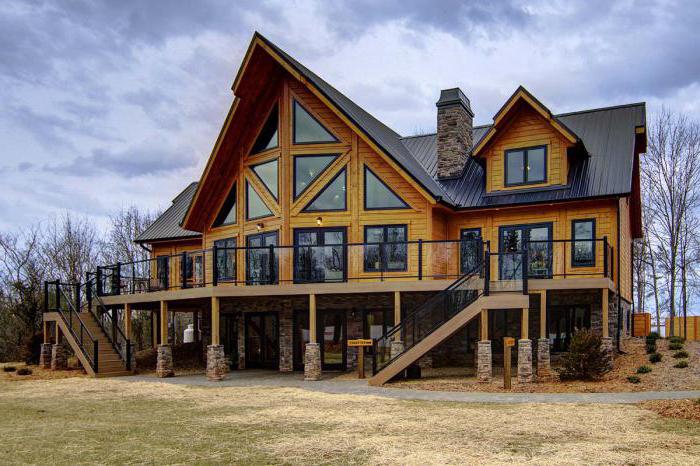
Speaking about the negative qualities of wood, we should mention the susceptibility to the formation of rot and fire hazard. But subject to timely treatment with antiseptic agents, a house built from natural material will serve the owners for decades.
Frame-panel technology has recently begun to be used in construction, however, such structures are already surpassing many types of houses in popularity.
During the construction of such a building, a wooden or metal frame is constructed, which is subsequently sheathed with sandwich panels. The panel itself consists of two OSB boards, between which there is a layer of expanded polystyrene.
Due to the large amount of insulation that is part of the panel, such buildings are distinguished by warmth and soundproofing. The light weight of the house eliminates the need for pouring a heavy-duty base, which helps to save the owner's money. Houses are assembled in record time, and the interior walls are perfectly smooth and do not require alignment. 
The main negative property of frame buildings is their fragility. With proper care of the house, its maximum service life is 50 years, so this technology is most often used for the construction of temporary buildings.
In conclusion, I would like to say that modern construction is very diverse, therefore, having considered what types of houses are currently being built, everyone will be able to choose the best option for themselves both in terms of price and functional purpose.
Housing construction today offers many technologies and methods.
Panel houses, the pros and cons of which will be discussed in the article, are buildings erected using prefabricated construction technology. This technique involves the use of pre-formed ones that are produced in a factory. most common in the construction of administrative buildings and large residential buildings. Such houses can be frame and frameless. The first type should include frame-panel buildings, while the second - large-panel.
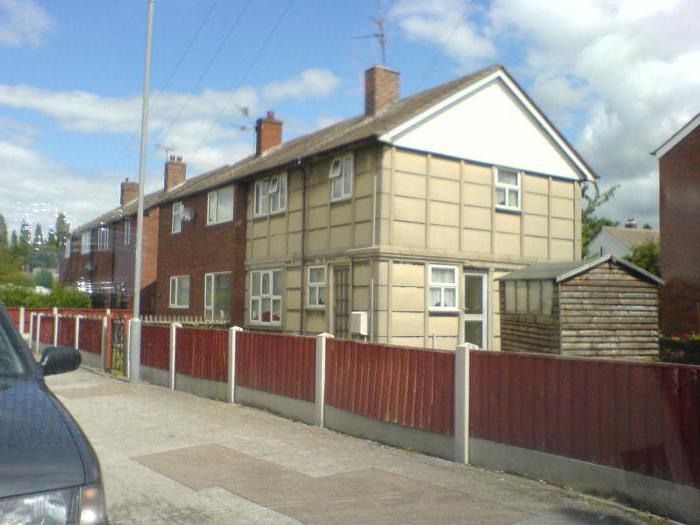
Panel houses, the pros and cons of which you should consider before choosing this technology for work, have many advantages. Among the main positive features can be identified low cost. Apartments located in panel buildings are considered economy class housing.
Among other things, it is impossible not to note their convenient location. If we talk about old buildings of this type, they were mainly located in residential areas, in which the infrastructure is quite developed. However, in big cities such buildings are also located in the central part, thus, by purchasing such an apartment, you become the owner of housing located in a prestigious area. If you decide to prefer an apartment in a panel house, which was built back in the days Soviet Union, then you can be sure that housing will have windows on opposite sides of the world, which was taken into account in the old days. Today, this rule is ignored in the construction of modern houses.

Panel houses, the pros and cons of which should be considered in advance, are chosen by consumers quite often due to environmental friendliness. Given today's not too positive environmental situation, the use of harmless materials in the construction process is very important.
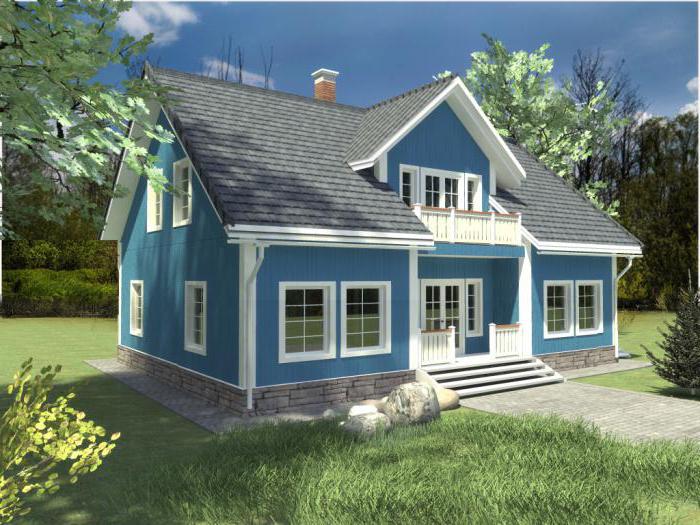
Considering the Khrushchevs, which belong to panel housing, it is worth noting a rather inconvenient layout. It involves the presence of very small kitchens. It is for this reason that residents of such apartments quite often carry out redevelopment. At the same time, the kitchen is expanding, interior partitions are being demolished. Today, such manipulations are not allowed. It is possible to dismantle load-bearing structures by the type of built-in wardrobes or partitions, but all work can be done only after obtaining permission. If such work is carried out without an appropriate permit, this can cause tragic consequences, which consist in violating the structure of the building and its further destruction. Panel houses, the pros and cons of which are described in this article, are characterized by poor heat and sound insulation. Almost all owners of apartments in such buildings of early years have to face the problem, which is expressed in the fact that, being inside, you can hear everything that happens with neighbors and in the yard.

Panel houses, the pros and cons, the reviews of which you should study before purchasing, are often characterized by leaking roofs. This is largely due to the lack of an attic. Among other things, in such buildings there is almost never a garbage chute or an elevator. However, modern panel construction to correct these deficiencies.
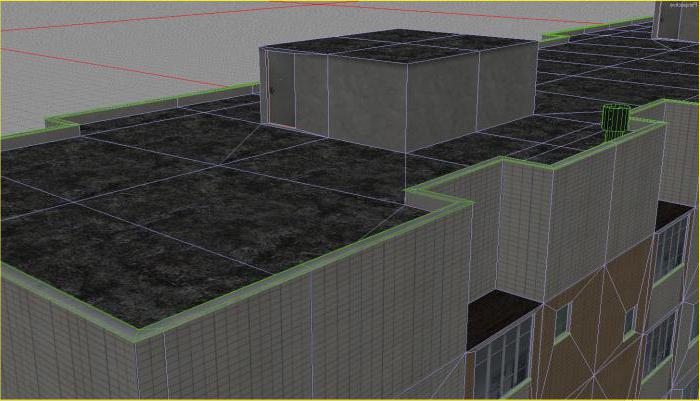
If you are considering panel houses, the pros and cons of living in them should be studied by you. This will determine those who in the near future intends to improve their housing situation. The owners of such apartments, who live in seismically hazardous areas, note that explosions and earthquakes can partially or completely destroy such buildings.
Studying the reviews, one can note the moment that concrete absorbs sounds quite poorly, which is why when neighbors work or drill, sounds are clearly audible, and conversations turn into an echo.
It is impossible not to mention interpanel seams, which, according to the owners of such apartments, suggest the need for good sealing. If there are even small gaps in the corners and at the joints of the plates, then moisture can get inside the premises, subsequently the walls become damp, which contributes to the formation of putrefactive formations and mold. All these circumstances also contribute to the transmission of sound and poor thermal insulation.

Panel buildings are not able to accumulate heat sufficiently, and this causes the walls to cool quickly, which is especially noticeable when severe frosts. And, on the contrary, on sunny hot days, the plates are able to heat up well, and then, during the night, intensively give off heat. Subsequently, without forced ventilation or air conditioning in the summer, being inside such apartments is quite uncomfortable.
Additionally, unsuccessful planning decisions can be noted. Few people like It's not worth talking about elongated rooms, low ceilings and small kitchens. All this is a significant disadvantage. Arrangement of strobes in concrete floors is prohibited. This is due to the fact that such structures have voids.
The human factor, which can cause errors, is excluded during the construction of panel buildings. This is due to the fact that the walls are completely manufactured in a factory, where the processes are mechanized. A plus can be called a short construction, which lasts for six months. If we compare with monolithic technology, then the latter takes 2 years and is frozen for the winter period. Panel buildings can be erected at any time of the year also for the reason that wet processes are practically excluded. Owners of new apartments can begin repairs immediately after the construction of the house, without fear that the walls may warp and the materials will settle.
A brick-panel house, the pros and cons of which should be considered before construction or acquisition, is considered warmer than the buildings described above. Today, such buildings are becoming increasingly popular among job seekers in the real estate market. Among the positive features, one can single out the fact that the variability in the appearance of such houses can be more diverse. However, it is worth considering that this technique is somewhat more expensive. Apartments in such houses most often have modern double-glazed windows enclosed in wooden frames. This significantly increases heat and noise insulation. In order to increase the level of comfort, the walls between neighboring apartments are made of brick.
Considering the question of what are the pros and cons of panel houses, panel-brick buildings can be connected to this analysis. They, like those mentioned earlier, have one significant drawback. It is expressed in the fact that with individual construction it is impossible to do without the use of heavy equipment, which increases the cost of the work.
It is impossible not to note the feature, which is to limit the designer when drafting a project. This is due to the use of standard reinforced concrete panels.
Which should be considered before purchasing a building of this type, differ in a fairly acceptable cost. However, among the shortcomings, one can single out the fact that the quality of the structure will depend on the qualifications of the team. Among other things, it is impossible not to note the short life of such a house. The pros and cons of SIP-panel houses today are actively discussed by consumers. If we consider this construction technique, it can be noted that buildings of this type are quite warm. However, there are significant drawbacks, one of which is expressed in the combustibility of the material.
There are a lot of panel houses in any city, especially in Moscow. If a person plans to buy or rent an apartment in such a building, then he must first weigh all the pros and cons. This will help make right choice and don't make a mistake.
The most important advantage of panel houses is. Housing in buildings of this type is much cheaper. If we compare the cost of a one-room apartment in a panel and in brick houses, the difference will be significant.
The advantage of panel houses should be called the speed of their construction. A simple example can be given: professionals build a 17-storey building in six months, and it will take at least 2.5 years to erect a monolithic building. Ready-made reinforced concrete structures are delivered to the construction site, which significantly reduces the time for building a house. The outer panels are supplied with window units, while the inner ones have ready-made channels for electrical wiring.
Another advantage of panel houses is that the inner walls are even. Wall panels still smoother than brickwork. As a result, you do not need to suffer for a long time with plastering the walls, bringing them to perfect smoothness.
The advantage of houses of this type is their "seating". For this reason, it is possible to start repairs in a panel house immediately after the completion of the construction process. Even in a new house, repairs will be without distortions and other shortcomings.
The construction of panel houses is constantly being improved and modernized. In Moscow, since 2016, it is planned to erect buildings of this type according to new requirements. Projects of panel new buildings will have, as well as a variety of facades.

Houses built from panels have some disadvantages. The first one is . If your neighbors have begun renovations, then you probably won’t be able to fully relax in your apartment. Quite often in a panel house you can hear screams or just loud conversations of neighbors.
A big disadvantage of panel houses is the seams that exist between the panels. If there are not even too large gaps at the joints of the plates, there is a possibility that moisture will enter the room. As a result, the walls become damp, mold appears on them.
The disadvantage of buildings of this type is that they accumulate heat poorly. In the cold season, the walls of the house cool down quickly, and in the summer the stoves get very hot.
Among the main disadvantages of houses built from panels, the following can be distinguished:
It can be concluded that panel houses have more minuses than pluses. In Moscow, there are many old residential buildings made of panels, but panels are also often used for the construction of new buildings. Of course, the quality of new panel houses is on a completely different level. And apartments in new panel-type buildings are more comfortable for living.